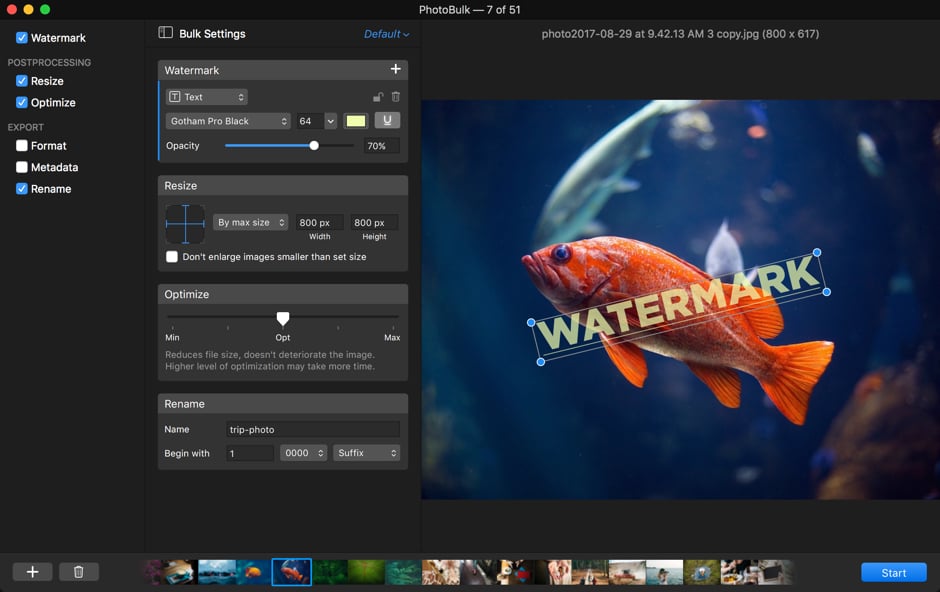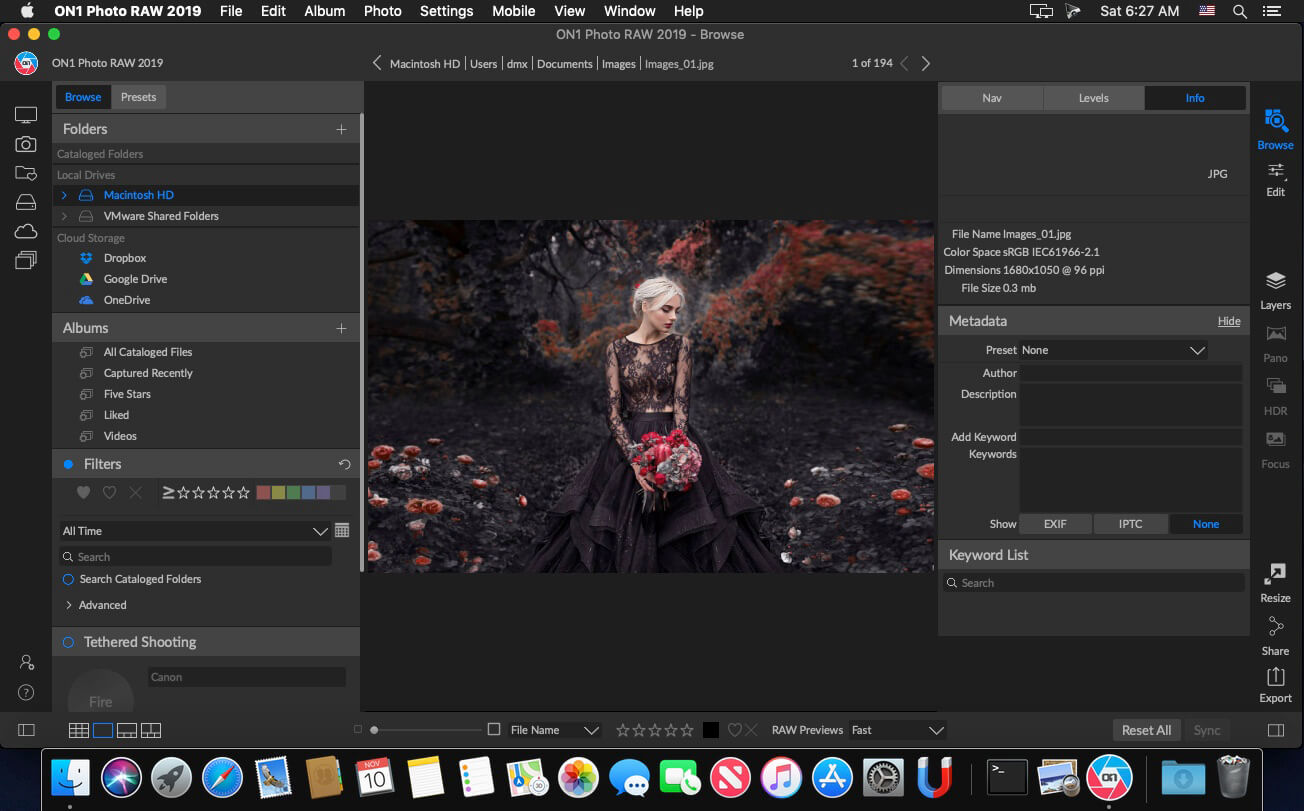
- #App to resize photos for printing how to#
- #App to resize photos for printing software#
- #App to resize photos for printing professional#
- #App to resize photos for printing windows#
#App to resize photos for printing windows#
Here's how you can resize an image using Windows Photo Viewer: Then, you might resize the file to ensure an easy upload. For example, to take a photo and turn it into an icon in a chat program, you might crop the image first to ensure it fits into a square or circle, depending on the chat program's image requirements. You might use both techniques to edit an image. When you crop an image, you remove a portion of the image to change its height and width. Resizing involves changing the length and width of an image using a sizing tool, preserving all the elements of the image. Related: 10 Types of Image File Formats Resizing vs. Basic image resizing programs can usually make images smaller without affecting the detail level, but making an image larger can cause a grainy or blurry image, depending on the original image's resolution and how much larger you make it. When there are more pixels in a square inch of a digital image, the image has a higher resolution, which means it's more detailed. Pixels are small squares that, when viewed together, make up an image. Image resolution is the level of detail in an image, usually described in PPI, or pixels per inch.

Related: Basic Computer Skills: Definition and Examples Image resolution and quality Set a photo as your avatar in a company chat programĪdd an image or diagram to a presentation slideĮmbed a picture in a report or training document Upload an image to a company's social media account Use a photo or logo in an email signature Reasons to resize an imageĮffectively resizing an image can allow you to accomplish many tasks, including:įit images to a certain page size for printing
#App to resize photos for printing how to#
In this article, we discuss reasons to resize an image, explain how to resize an image using several common technologies and provide tips for preserving image quality. If you use images in reports, presentation slides or any other resource, it might be helpful to learn how to resize your images while maintaining their resolution or quality.

In the digital workspace, you can easily find a wide range of images and embed them into emails, slides and wikis.
#App to resize photos for printing professional#
While each of these methods make it easy to resample images up, there are often occasions when the image can simply not be scaled up to the size you need without a significant loss in quality.Many professional resources, like employee handbooks and slide presentations, feature images that add to the resource's information and engage audience members. Play around with each of these methods, and see in the preview panel what each of these algorithms will do to the details of of your design. It can create some jagged effects.īilinear: This algorithm adds in new pixels by averaging the color values of surrounding pixels. Nearest Neighbor: This fast method reproduces the pixels in the image and preserves hard edges. Preserve Details: With this method the reduce noise slider is made active so you can smooth out noise as you upscale.īicubic Smoother: This algorithm is good for enlargements, but designed for smoother results.īicubic: This method is slower and produces smoother gradations than Bilinear and Nearest Neighbor. When resampling images up, here are your choices: Think about the purpose for resampling your image, and make your choice based on that. As we touched on in our post on Image Resolution and Printing, you can scale an image up to billboard sizes and it will still look good, provided you look at it from the proper distance. So, in order to keep your fans wowed at the quality of your work, know when it’s possible to even scale an image up and how far you can go with it. This method also keeps your files non-destructive. This means you can resize it back to the initial size it was as no pixels were removed, only the smart object was scaled down. The smart object acts like a container, and while the image layer will be resized smaller, the smart object will still contain the original size file you added to the document. Pro-tip: If you do need to scale images down, especially if the image is a layer in a larger composition, use smart objects. In this algorithm, Photoshop is paying more attention to pixels in close proximity, and will result in a sharper image. Otherwise, use “Bicubic Sharper” when resampling your images down.
#App to resize photos for printing software#
The printer can always scale the image down using the software that is working in conjunction with their printing hardware. If you are sending a print ready file to a printer, it’s best to send as large as a file as you can, or the exact pixel dimensions the printer has requested. Normally, when you are resizing your images down this is so you can share them on the internet. The image overall will become more pixelated and less ideal for printing at larger sizes.

When resampling an image to a smaller size, pixels are removed to accommodate this new size.


 0 kommentar(er)
0 kommentar(er)
